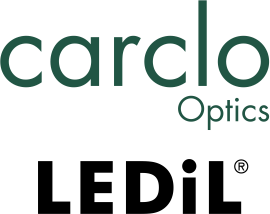SELV or not SELV?
Standing for "Safety Extra Low Voltage", SELV describes low voltages with safe isolation, e.g. with an isolation transformer. SELV ensures an enhanced degree of protection against electric shock. The basic requirements are defined in basic safety standard IEC 61140 "Protection against electric shock – Common aspects for installation and equipment", which, as a European standard, also has the status of a German standard (EN 61140). This standard is applicable with regard to affording protection against electric shock to humans and livestock. The standard intends to lay down principles and requirements that jointly apply to electrical appliances, systems and control gears or that are required for their coordination. The standard applies to equipment, systems and control gears without voltage limitation. The requirements of the standard only apply if they have been integrated into other standards or if reference is made to these requirements in such standards. The standard is not designed to act as an independent standard. SELV devices feature special insulation to parts conducting mains voltage, which are designed as safe isolation. The permissible magnitude of SELV voltages that carry a risk of accidental contact is specified in the respective applications. Should these maximum voltages be exceeded, protection against direct contact is required. In principle, it can be said that SELV devices are more technically sophisticated than non-SELV devices. But they also provide optimum protection.









